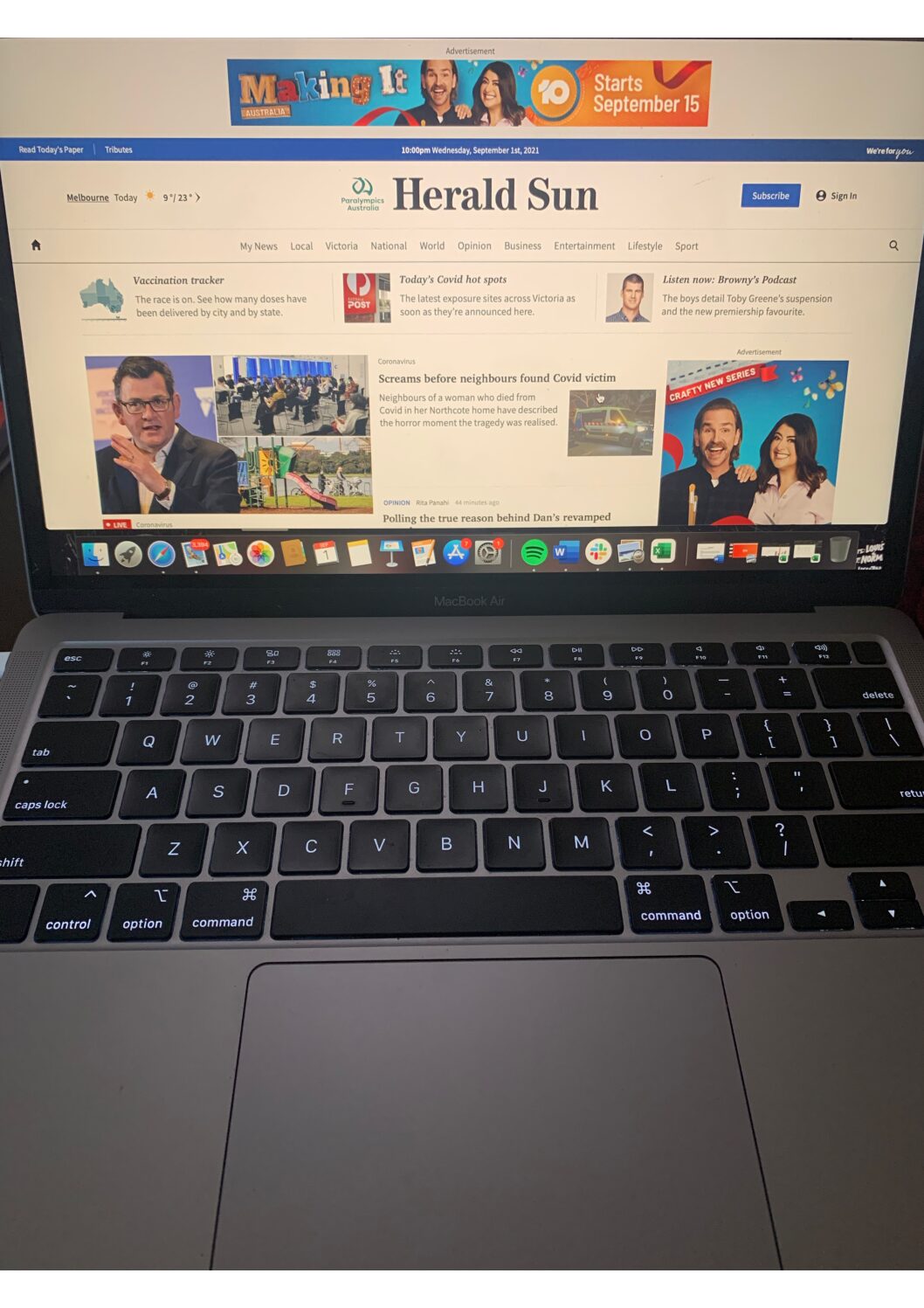Recent data shows that nearly all Australians are consuming some form of news according to Roy Morgan research. The report shows 20.4 million (97%) are exposed to the ways news companies feed us information.
The study found digital news is being consumed almost five times more than print news in the year leading up to June 2021. This can be due to the COVID-19 pandemic and the rise in news content on media platforms.
Print vs Digital readership between 2020-2021
Beautiful, easy data visualization and storytelling
Print vs Digital news readership 2020-2021
Research shows that 60% of the total audience read for less than 30 minutes a day. However, the study found the amount of pages viewed per reading has increased. This implies readers aren’t taking the time to comprehend information as effectively.
A 2018 study about The Impact of Digital Platforms on News and Journalistic Content by Australian Competition and Consumer Commission (ACCC) and The Centre for Media Transitions observed a “dramatic increase in the quantity of news content… driven by the rise of both social media and search platforms.”
This requires websites to “have a steady stream of new content to remain competitive” and “an increased quantity of news stories does not equate to increased content diversity.”
Media platforms use algorithmic techniques to engage their audience, consequently creating filter bubbles. These bubbles increase danger of their readers becoming ill informed. This has become prominent in political news where “users with different political leanings from different states were recommended very similar news.”
Platform algorithms and tracking user clickstreams increases vulnerability to confirmation bias. Without being transparently informed, audiences can become impressionable to biased news.
“Further implications of these filtering effects are that consumers could have their preferences and perspectives artificially reinforced,” the ACCC study said.
News consumption via news feed sites has increased 4.6% between 2018 and 2020 compared to TV news decreasing by 7.1%, according to the Roy Morgan research on 50,000 Australians each year. An increase in online news presence and the use of personal algorithms implicates the viewer’s ability to consume more news angles.
If they “don’t know they are influencing content they cannot make critical decisions about what they choose to consume,” the study said.
Australia’s main source of news from 2018 to 2020
Beautiful, easy data visualization and storytelling
Australia’s main source of news from 2018 to 2020
However, the increase in content creation has resulted in viewers being overwhelmed for choice. More content doesn’t always translate to variety of news. A study in The Netherlands of more than 762,000 news stories found “follow up” news of print stories is almost twice as likely.
This can negatively impact the way younger people consume news. Gen Z consume news on social media the most at 48 per cent compared to other generations, researched by the News and Media Research Centre in 2020.
Areas of news consumption where Gen Z are highest in comparison to other generations
Beautiful, easy data visualization and storytelling
Areas of news consumptions where Gen Z are the highest in comparison to other generations
With the current climate of COVID-19 and its saturation of the news, it has become more difficult to come across quality journalism.

